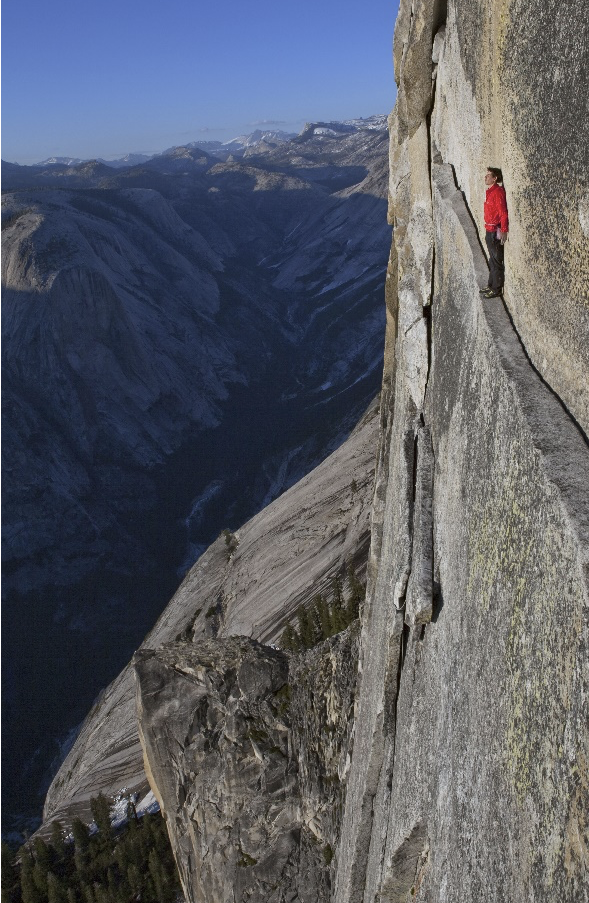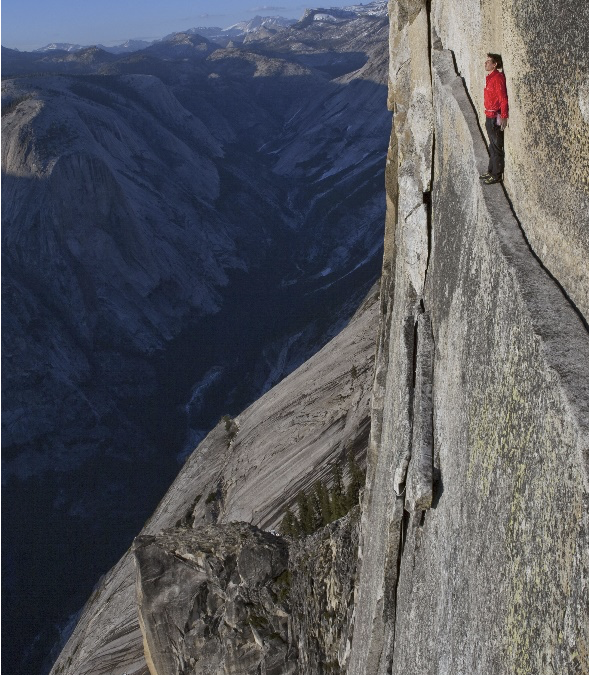
It was rush hour – 5:30 P.M. – and people were being squeezed in and out of the L – Chicago’s rapid transit system – like blood moving in and out of a human heart.
As an elderly man entered a car, he was run over by a teenager, a middle-aged business-man in a suit and a 24-year-old young adult. The teen defended himself to the other passengers: “He wasn’t moving – he was in the way.” The businessman echoed the same excuse and the 24-year-old said, “If he can’t walk, he needs to get around some other way.”
A faint smile softened the old man’s face as he regained a measure of dignity at a window seat, silently acknowledging some legitimacy in their statements. After their self-justifying comments, the three fell silent, embarrassed by having blurted out their first thoughts. The people around the four – now safely secured to their overhead straps – were free to watch the unfolding drama. A stunned silence settled over the car like fog.
Balding, with drooping skin hanging between his chin and neck, blemishes on a pock marked face, the old gentleman qualified as a geezer. Yet there was a mystic about him, an aura of peace.
Sensing the awkwardness of the moment and wanting to put the three at ease, the older man said, “I will probably never see you again, so may I share with you
a modern-day parable?” He searched their faces for permission.
The teenager – wanting back into the good graces of the passengers – nodded his willingness. Out came his ear buds. The professional suit and the young adult also nodded.
Engaging their eyes and with a calm, clear voice he said, “Life is like a man who found himself on a high, mountain ledge. This man – Everyman – was afraid of such heights. Looking down, he was terrified.
“The ledge was only 12 inches wide. Below him, at his toes, the cliff dropped off hundreds of feet to the valley floor. Positioning his feet carefully for maximum stability, he pried his eyes off the abyss below and looked up over his shoulder. Nothing up there alleviated his terror – it was solid rock as far up as he could see until the cliff leaned out of sight.
“Petrified with fear, Everyman grimly concluded, ‘I will soon be fatigued and exhausted from holding myself rigid. My muscles will cramp. I have no food or water. I can stand or even sit, but should I have even a momentary loss of balance, I will tumble off my small island of safety to my death.’
“Could he move up? With no rope, climbing gear, handholds or cracks within reach, climbing up was not going to happen. No, Everyman was not going up.
“What about down? No, there was no way to move safely down.”
The teenager interrupted, saying, “How did the guy get up there?” in a tone that implied he had an answer. The old man replied, “Can you hold that question please?”
“What about east – west movement? Not promising either. The ledge ran about 25 feet to his left, less to his right. But moving either way did not solve his basic problem – he was still on the ledge. East-west movement would accomplish nothing.
“It appeared that he had little hope of survival as darkness closed around him. Yet, somehow, morning came and he managed to remain on the ledge. In fact, he hung on quite literally for days.
“Apparently, no one missed him. No one seemed to be looking for him. Everyone had their own lives. He could see human activity 2000 feet below him, but he was too small for anyone to see him.1 He was alone. Utterly alone.”
The teenager injected his answer: “I think he was transported there while unconscious and his memory wiped clean.” The older gentleman paused, listening respectfully. The 24-year-old jumped into the discussion, “Someone spiked his drink and he was coming down from his high.” The skeptical businessman disagreed. “Your story is absurd. A farce. A joke was being played on the man on the ledge.”
The L stopped. Some shuffled out and others took their places creating a natural break that accommodated a topic change. The old gentleman knew he had to hurry. The three could leave at any time and he wanted them to understand the dilemma and solution to Everyman’s problem.
The senior continued, warming to his subject with an increased tone of confidence. “While the man in our story knows he is on a dangerous ledge, humanity, generally speaking, does not know this. People are unaware of the problem. Everyman is like a child who has no idea what is involved in launching himself successfully into adulthood. Everychild’s vocabulary is heavily salted with ‘me,’ ‘my,’ ‘mine,’ ‘I,’ and ‘Mommy, watch me,’ with scant awareness of the people being consumed for his well-being. Much of this vocabulary remains unchanged into adulthood.
“Does a child calculate what it costs for a teacher to help him learn to read?” No one responded to the rhetorical question. Except for the motion of the car, it was quiet, the passengers listening to the elderly gentleman. Since others were looking at him, he raised his eyes and engaged the crowd, panning left to right while he spoke.
“Some of you will stop at a market on the way home for milk, unaware of the many people involved in making sure it is safe to drink. We don’t know what we do not know.
(The picture featured herein is a National Geographic photo which was on the cover of their magazine in May, 2011. It shows Alex Honnald climbing Half-Dome in Yosemite National Park. The author purchased publication rights to use it.)
- Wikipedia says the total height to Half Dome is 4737 feet.

Recent Comments